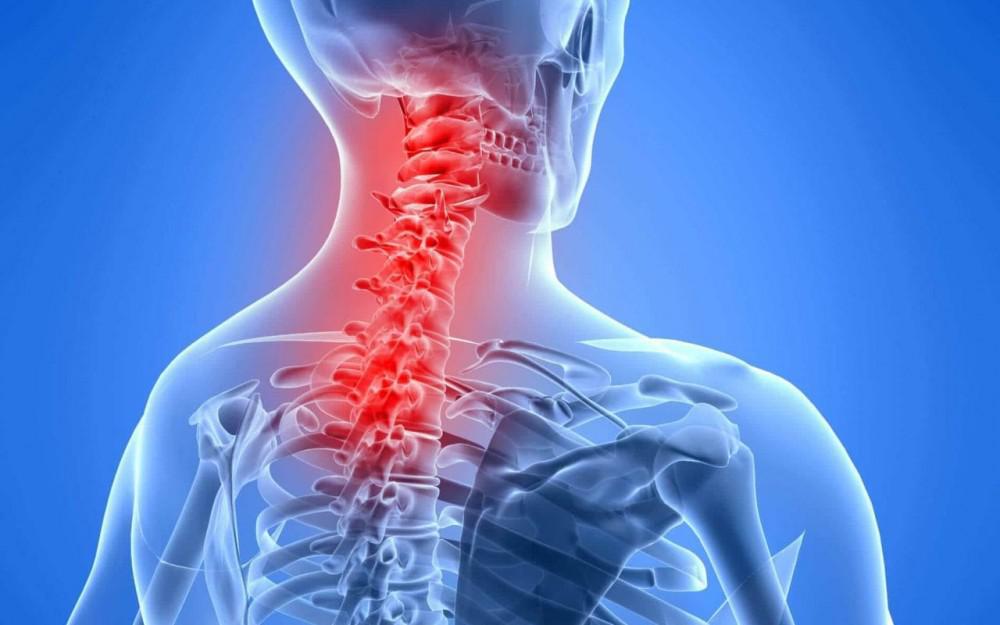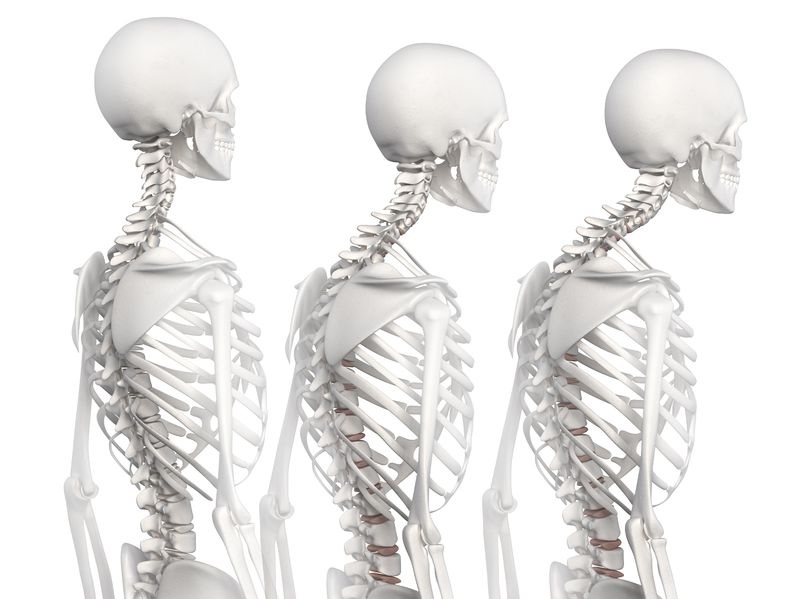Developing good habits that reduce strain on the back is one of the best means of preventing injury. In addition a few simple guidelines can help.
New Jersey’s famous spine surgeon Joshua Rovne is following the guidelines and essentials. It is essential to collect information about them to get the desired results. There is proper care and attention available to the patients.

Lifting and bending causes a strain on your back, so spare it the trouble whenever you can. The pressure and stress on your back multiply when it is used like a lever.
Shelve objects between waist-height and shoulder-height. This is the optimum area for lifting. Lighter objects can go anywhere within this range, while heavy objects belong at waist height.
Object should be placed at an accessible height (not the floor). Any elevated surface would be preferable to placing something on the floor, since you would have to bend down to move it.
Use of Hoists, cranes, lift-tables, and other lifting mechanisms save your back a lot of trouble.
Dolleys and Carts save you trouble when moving objects. When moving carts pushing is preferred to pulling, since it puts less stress on the back.
Grab handles and straps if available.
Minimize weight if possible – carry a few books at a time instead of the whole stack, for example.
Use Teamwork. If something is too unwieldy or heavy to carry on your own, get someone to assist you.
Step-by-Step guide to lifting
When you need to lift something you can take some simple steps to avoid putting too much pressure on your back. Bending your knees will align your spine and eliminate excessive leverage on the back. Make your legs do most of the work.
Place your feet a shoulder width apart, with your weight even on both feet. You may stand with one foot next to the object and the other foot behind it. Get close to the object and squat to lift it with your heels off the floor. Cradle the object in your palms, not just the fingers, and grip securely. Ensure that you won’t eventually lose your grip and have to switch things around. In a smooth, controlled motion, lift using the abdominal, leg, and buttock muscles. Keep the weight as close to you as possible. Straighten your upper back and neck by tucking in your chin. Now that you’re standing with the object, you may change directions by pointing the feet where you want to go. Do not twist at the waist since this creates stress. To place the load back down, repeat these steps in reverse.
Our bodies have limitations and it’s important to be aware of them and your body’s position at all times. When reaching, twisting, or bending, your back is most at risk. Some precautions can reduce the chance injury.
Warm-up Stretch. To prepare yourself and your body for heavy lifting, stretch your muscles before you begin, just like an athelete. Stretching greatly prevents muscle strains and joint sprains.
Allow time to Recover. If you have a lot of heavy lifting to do, slow down your pace if possible; between lifts you should also let your body recover for a moment.
Micro Breaks . An occasional micro break can do wonders. Stop and stretch. If your body has been locked into an uncomfortable position for too long then you’ll be sore and stiff when you come out of it. Prevent this by taking a minute stretch break.

Use a firm mattress for sleeping. An optimum sleeping position for most is either on the side with a small pillow between the knees, or on the back with a pillow under the knees.
Improve physical fitness. Toning the stomach, reducing weight, and increasing flexibility go a long way towards improving back health.
Back injuries don’t usually happen all at once, they are the result of damage over a long time period. Certain movements can be dangerous for your back, however.
- Heavy Lifting
- A long sequence of repetitive lifting is even worse.
- Twisting
- When holding a heavy load, such as when shoveling.
- Reaching while Lifting
- While placing object on distant surfaces such as across tables or on shelves.
- Lifting Unwieldy Objects
- Objects that are difficult to carry because of shape or volume force you to hold them in awkward ways.
- Awkward Positions
- Working while bending or kneeling for a long time, such as gardening.
- Sitting or Standing Still
- If done for a long time sitting stresses the lower back.
- Slippery Floors
- One loss of footing on ice or waxed floors can cause serious back injury.

